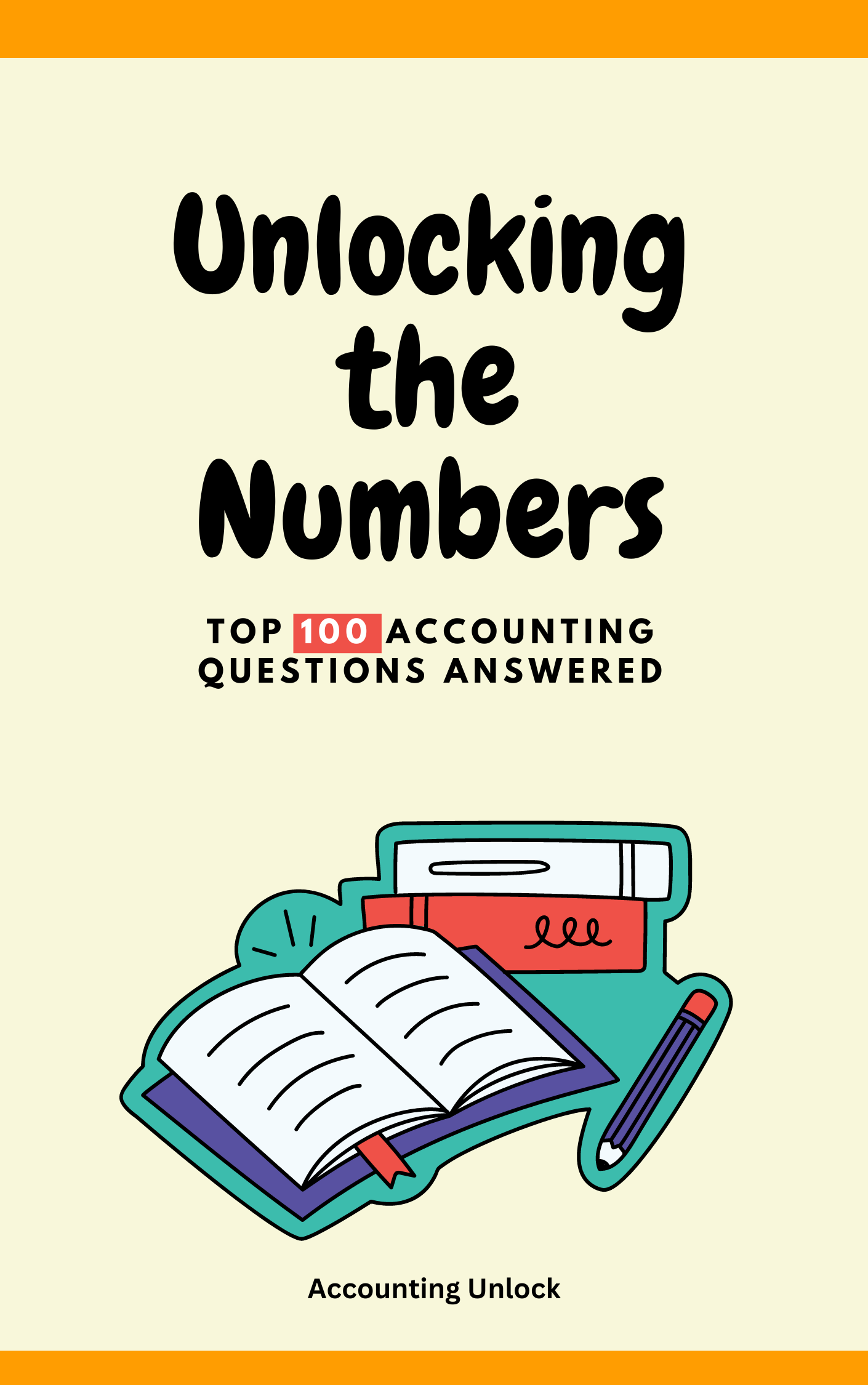Hey there, financial detectives! Ever stumbled upon the word “account” in your accounting adventures and felt like you needed a magnifying glass to decipher its meaning? Don’t worry, it’s not some ancient financial riddle! An “account” is like your own personal piggy bank in the world of numbers, but instead of coins, it holds information about all your financial activities.
Think of it like this: imagine you run a lemonade stand on a hot summer day. You keep track of all your earnings (lemonade sold) and expenses (sugar, cups, ice) in a special notebook. That notebook is your account, a place to record everything related to your lemonade business.
Here’s the scoop on accounts:
- They’re like financial pigeonholes: Each account has a specific name and purpose, like “Savings,” “Allowance,” or “Movie Tickets.”
- They track both sides of the story: You record how much money comes in (credits) and goes out (debits) in each account, keeping a running total of your financial activity.
- They help you stay organized: Just like sorting your socks into different drawers, accounts keep your finances tidy and easy to understand.
Here’s how accounts work:
- Every account has a name: Just like your piggy bank might have a cool label, each account has a name that tells you what it’s for. “Allowance Account,” “Birthday Gifts Account,” you get the idea!
- They track both incoming and outgoing money: Every time you get some cash, you write it down as a “credit” in your account. When you spend money, you write it down as a “debit.” It’s like a balancing act, keeping track of both sides of your financial story.
- They show your balance: At any time, you can look at your account and see how much you have left, just like peeking inside your piggy bank. This is called the “account balance,” and it’s your financial superpower!
In accounting, different types of accounts hold different kinds of information:
- Cash account: This box holds all your money, like the cash drawer in your lemonade stand.
- Expenses account: This piggy bank stores all the money you spend, like the jar you use to buy new ice cubes.
- Sales account: This treasure chest keeps track of all your earnings, like the total amount of lemonade you sell.
By keeping these accounts organized, you can see how your lemonade stand is doing. You can tell if you’re making a profit (more sales than expenses) or a loss (more expenses than sales). You can even use this information to make smart decisions, like deciding how much lemonade to make or what price to charge.
Real-world examples:
- Imagine your parents have an “Electricity Bill Account.” Every month, they write down the bill amount as a “debit,” and any payments as a “credit.” The balance shows how much they owe or how much they’ve paid.
- Businesses also use accounts to track things like sales, expenses, and profits. Each account tells a story about their financial health and helps them make smart decisions.
Key points about accounts:
- Track incoming and outgoing money related to a specific purpose.
- Use debits for spending and credits for receiving money.
- Show the current balance of money available.
Remember, accounts are like financial detectives’ best friends, keeping track of every penny and helping you understand the fascinating world of money! So keep learning, young financial sleuths, and keep exploring the secrets hidden within each and every account!





